I sat in my scratchy nylons at a long wooden table. All the other 12-year-olds from my Sunday School class sat in similar plastic chairs along the table.
Together, we dipped a green vegetable into a bowl of salt water and scowled as we briefly tasted it. We winced at the bitterness of horseradish and secretly took an extra scoop of the apple/nut mixture.
We raised our glasses of grape juice and broke the flatbread as one.
And then, I forgot all about it.
It was my first glimpse of a Jewish Passover celebration, but because I didn’t see the connection to my Christian faith, it was buried deep in my memories.
Those memories resurfaced a few years ago as I did research on the Passover meal and its deep, metaphorical connections to what Jesus did on the cross and the Messianic Passover meal has now become an important part of our family’s Holy Week celebration.
Jesus celebrates Passover
Matthew, Mark and Luke all refer to the “last supper” as a Passover meal.
Then came the day of Unleavened Bread on which the Passover lamb had to be sacrificed.
Luke 22:7
John, however, says that this meal took place “just before the Passover festival” (John 13:1 NIV) and actually sets up the story so Jesus himself is sacrificed the same day as the Passover lambs, drawing a clear connection between the original Passover and Jesus, our Passover lamb.
A note in my Cultural Backgrounds Study Bible notes that the synoptic gospels and John seem to be in conflict as to when the Passover actually took place. Here are two suggestions as to why they’re different:
Jesus held a Passover meal with his disciples one evening early, whether because he would be dead by the next evening or because they followed an existing sectarian calendar…
Others suggest that John is more interested in narrative symbolism than are the Synoptics, and thus skips Jesus’ symbolic interpretation about Passover and narrates Jesus’s death directly as the Passover lamb.
NIV Cultural Backgrounds Study Bible, p 1849
It seems clear that Jesus did indeed intend for his last meal to be a Passover meal, with all its rich symbolism.
What exactly is that symbolism, you ask? Let’s talk about that.
The Passover Meal
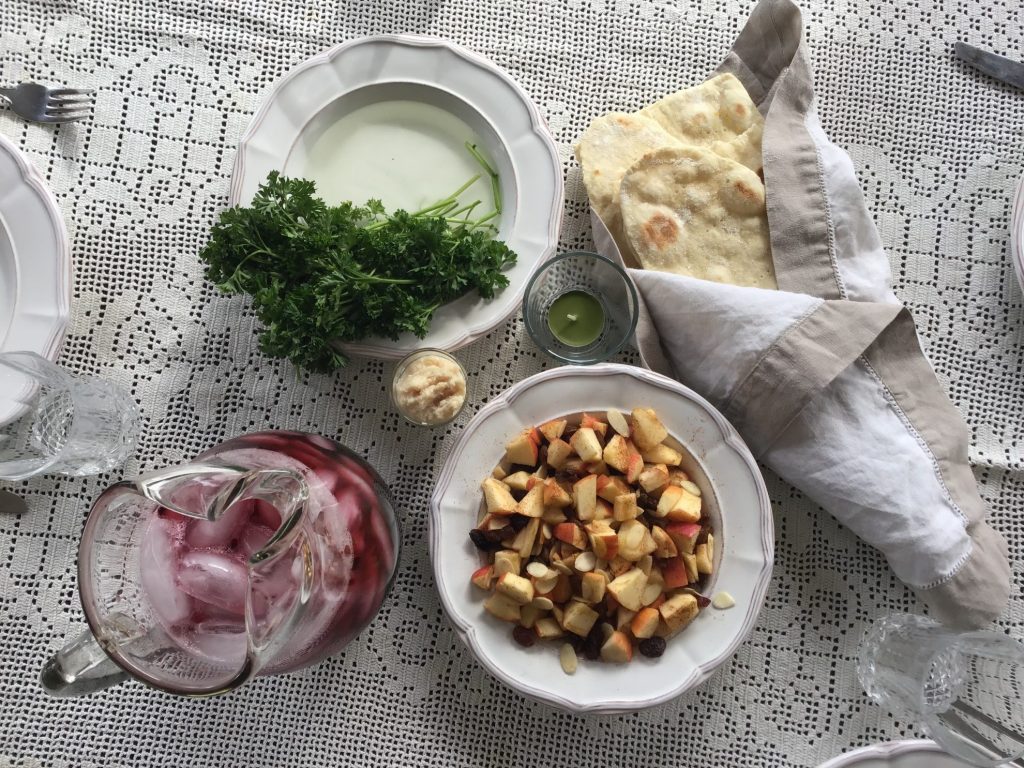
- WINE
There are 4 specific cups of wine (or juice) to partake of during the Seder meal. While not specifically mentioned in any Haggadah (Passover script) I found, it seems that the red wine/grape juice represents the blood of the lamb.
In the famous “This cup is the new covenant in my blood,” statement (Luke 22:20 NIV), Jesus is referring to the third cup of wine.
2. UNLEAVENED BREAD
The Israelites were told to be prepared to flee Egypt, so they had to eat the first Passover meal standing up. Because they didn’t have time to add yeast to their bread and let it rise, the unleavened bread normally eaten at Passover is more like a cracker.
This is the bread that Jesus broke, saying “This is my body given for you.” (Luke 22:19 NIV)
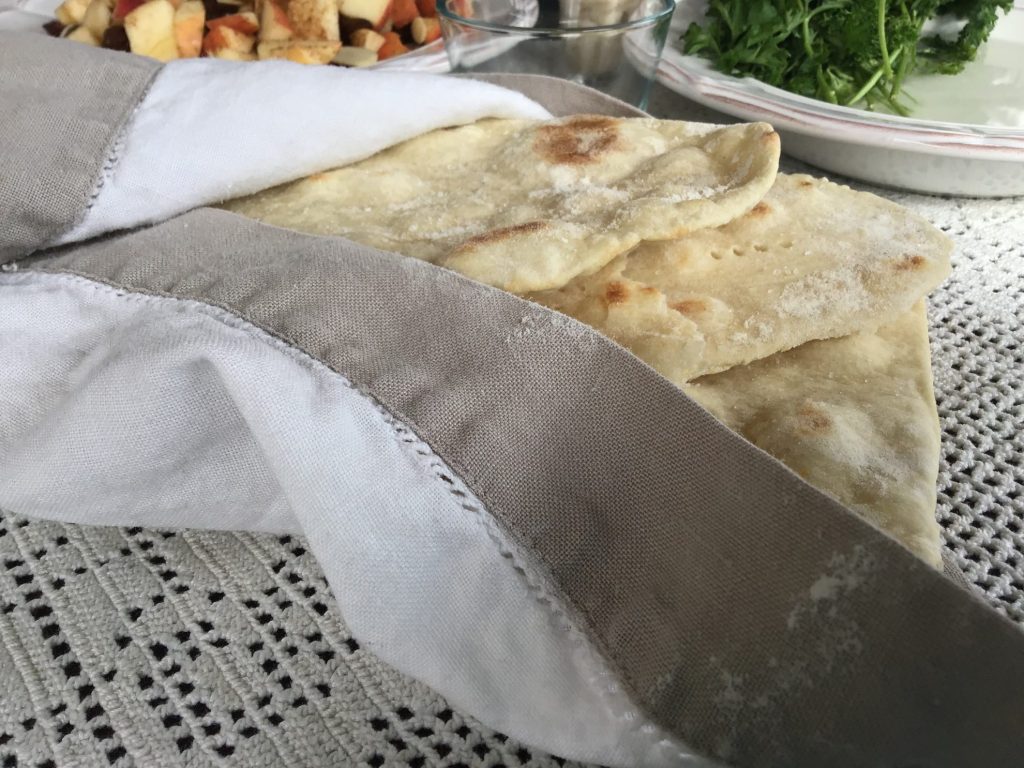
3. LAMB
The first Passover lamb died and had its blood placed on the doorframes as a substitute sacrifice for the firstborn son. Each family took their Passover lamb to the temple to be sacrificed and roasted that night.
In the following generations, the Passover lamb was sacrificed at the temple. But since Solomon’s temple was destroyed in 586 BCE and Herod’s temple was destroyed in 70 CE, the Jewish people do not sacrifice a lamb and eat lamb meat. This may be the reason there is now a roasted egg on the table.
4. GREEN VEGETABLE* (parsley, celery, or sometimes even a potato).
The parsley represents new life, and can also represent the hyssop that the Israelites used to paint the original Passover lamb’s blood on their doorways. We dip the green veggie in SALTWATER as a reminder of the salty tears the Israelites shed in slavery.
*This may not have been part of the Passover celebration at the time of Jesus and is not mentioned in the “Last Supper” passages.
5. BITTER HERBS
Horseradish! This represents the bitterness of slavery.
6. HAROSET*
Traditionally, this is mixture of nuts and apples. It symbolizes the bricks that the Israelites needed to build out of mud when they were slaves in Egypt.
*This also may not have been in the Passover in Jesus’ day. It’s not mentioned in the Bible.
Should You Do A Messianic Passover Meal At Home?
Before the destruction of the temple, the central focus of Passover was the sacrificial lamb, offered in the temple and then eaten as part of the meal. When the temple was destroyed, the Jewish people could no longer perform these sacrifices. In response, Jewish leaders developed the Seder and the Haggadah to create a home-centered way to observe Passover.
This means that the Seder, as it exists today, is a later Jewish development, not a direct reflection of the meal Jesus shared with His disciples. Jesus would have had a lamb sacrificed at the temple, and, while there may have been a common set of Scriptures they read or things they said, we don’t know how much of the modern Seder meal is what Jesus actually observed.
As Christians, we recognize that God intentionally chose Passover as the time for Jesus’ death and resurrection. Understanding Passover deepens our appreciation for the biblical story and its fulfillment in Christ. However, learning about Passover and actually observing a Seder are two different things. When Christians adopt the Haggadah and reframe it entirely through a Christian lens, we risk cultural appropriation rather than cultural appreciation. The Jewish Seder is a sacred tradition deeply tied to Jewish covenantal identity, developed over centuries in response to historical events that do not belong to the Christian faith.
Throughout history, Christians have tragically persecuted Jewish people, especially around Passover, accusing Jews of deicide (killing Christ) and even of drinking the blood of murdered children. These false charges led to violence and fear for Jewish communities during a holiday meant to celebrate deliverance and salvation. Given this painful history, our approach to Passover should be one of honoring and respecting Jewish traditions rather than appropriating them. Instead of attempting to “Christianize” the Seder, we can learn about Passover in ways that deepen our Christian faith without causing harm or offense.
If you have a Messianic Jewish congregation in your city, I encourage you to learn from them or ask if you can participate in their Seder meal. A Messianic Seder takes the elements of a traditional Jewish Passover Seder meal and re-interprets them in view of Jesus’s life and death. For example, a Messianic Seder connects the original Passover lamb to Jesus.
However, if you’d prefer to try something at home, here are two resources:
A Family Passover OR Last Supper Guide
If you are a homeschool family or are looking for something with several days of content, I HIGHLY recommend my friend Sarah Ruth’s family activity guide! It has picture book recommendations and several days of fun learning activities, recipes, and a Seder meal Haggadah. (Sarah Ruth is actually a Messianic Jew, so you’ll be getting your teaching more firsthand than me, who is not Jewish.)
See the Family Passover Guide here.
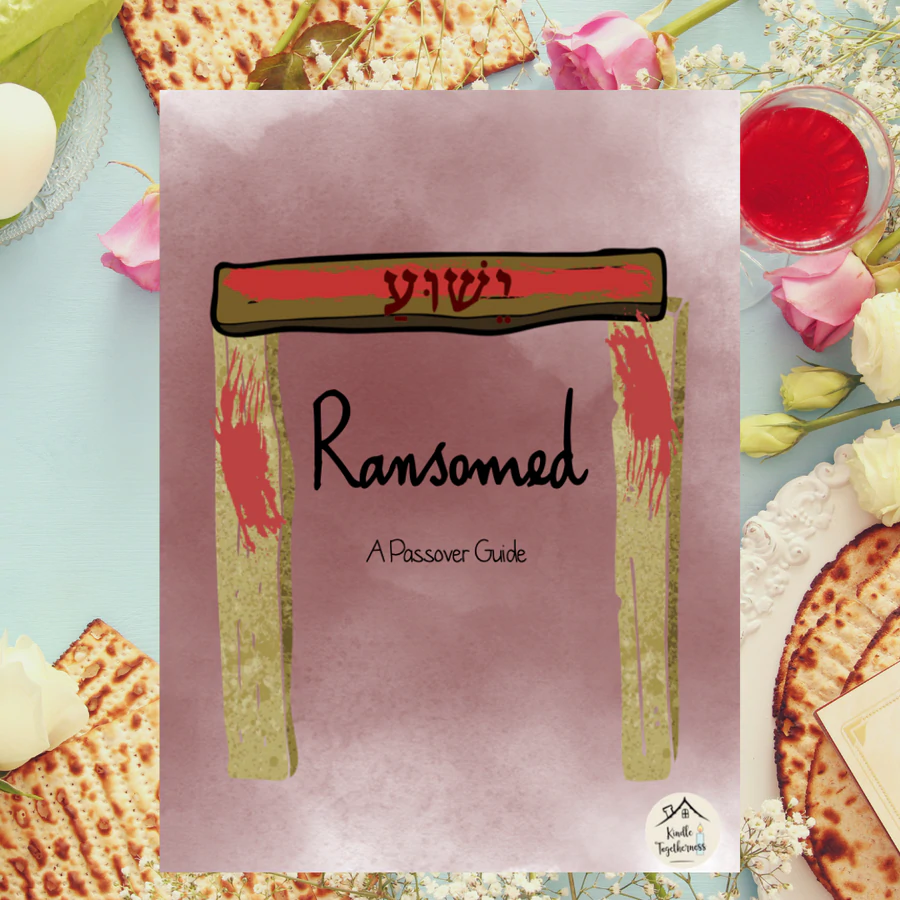
If you prefer a one-day focus on the Last Supper instead, you can download “Come to the Table” instead, which is a step-by-step, meal-based lesson, including foods to try, Bible passages to read, and questions to ask.
If you have any other questions, please feel free to contact me or leave a comment. Let me leave you with a final word, as written by the Apostle Paul:
“Christ, our Passover Lamb, has been sacrificed for us.” 1 Corinthians 5:7 NLT

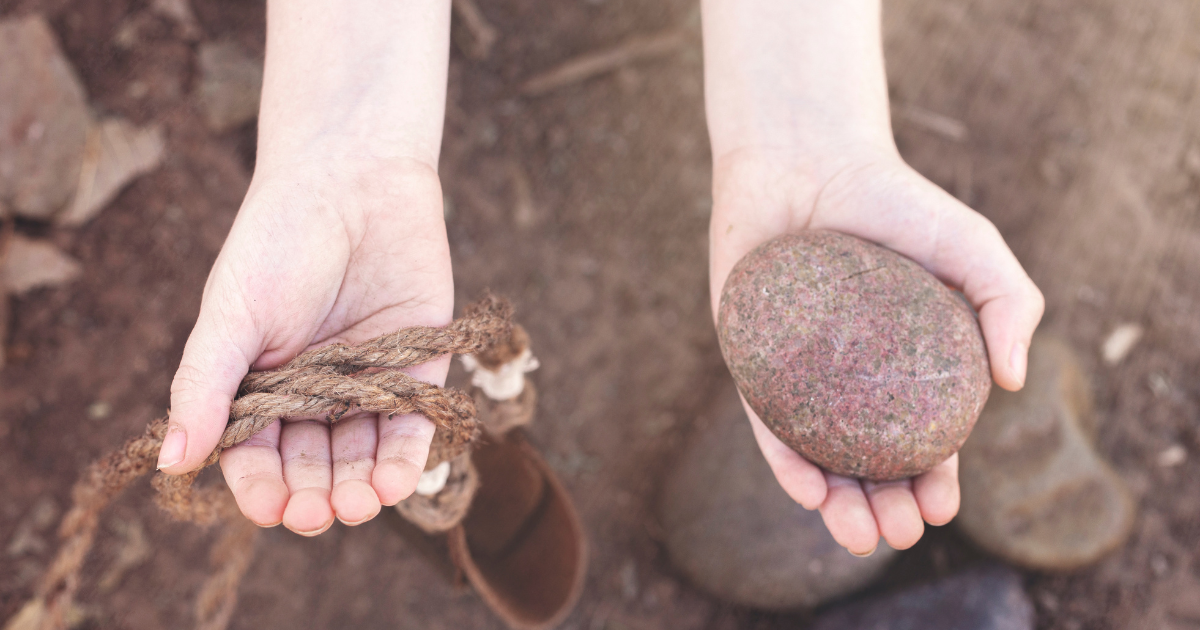

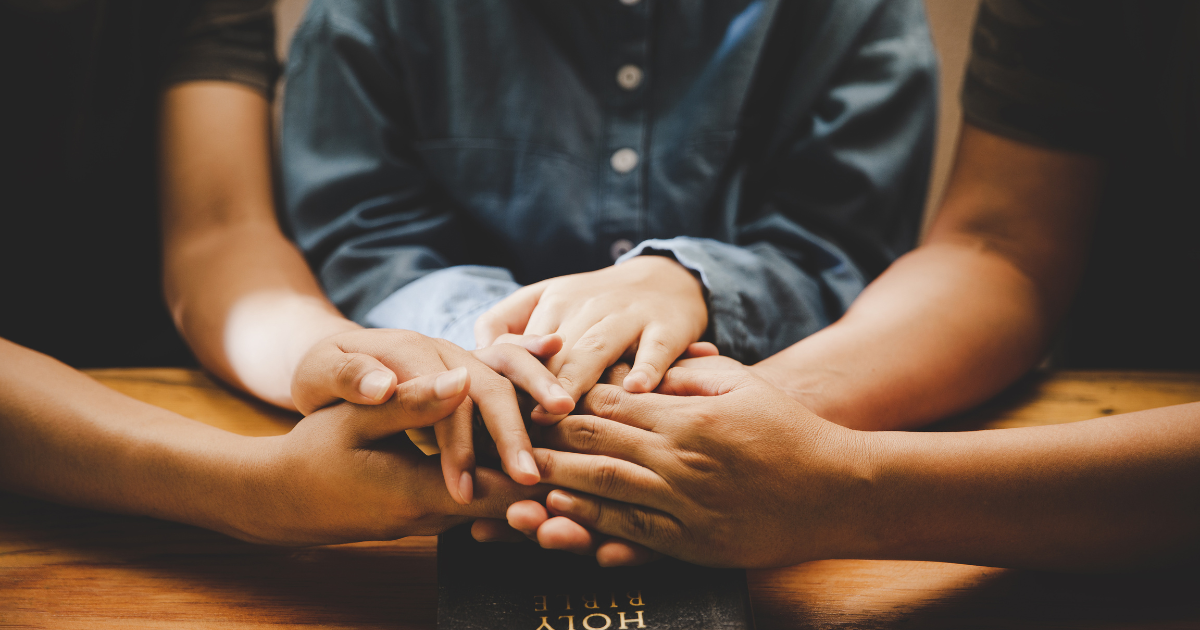
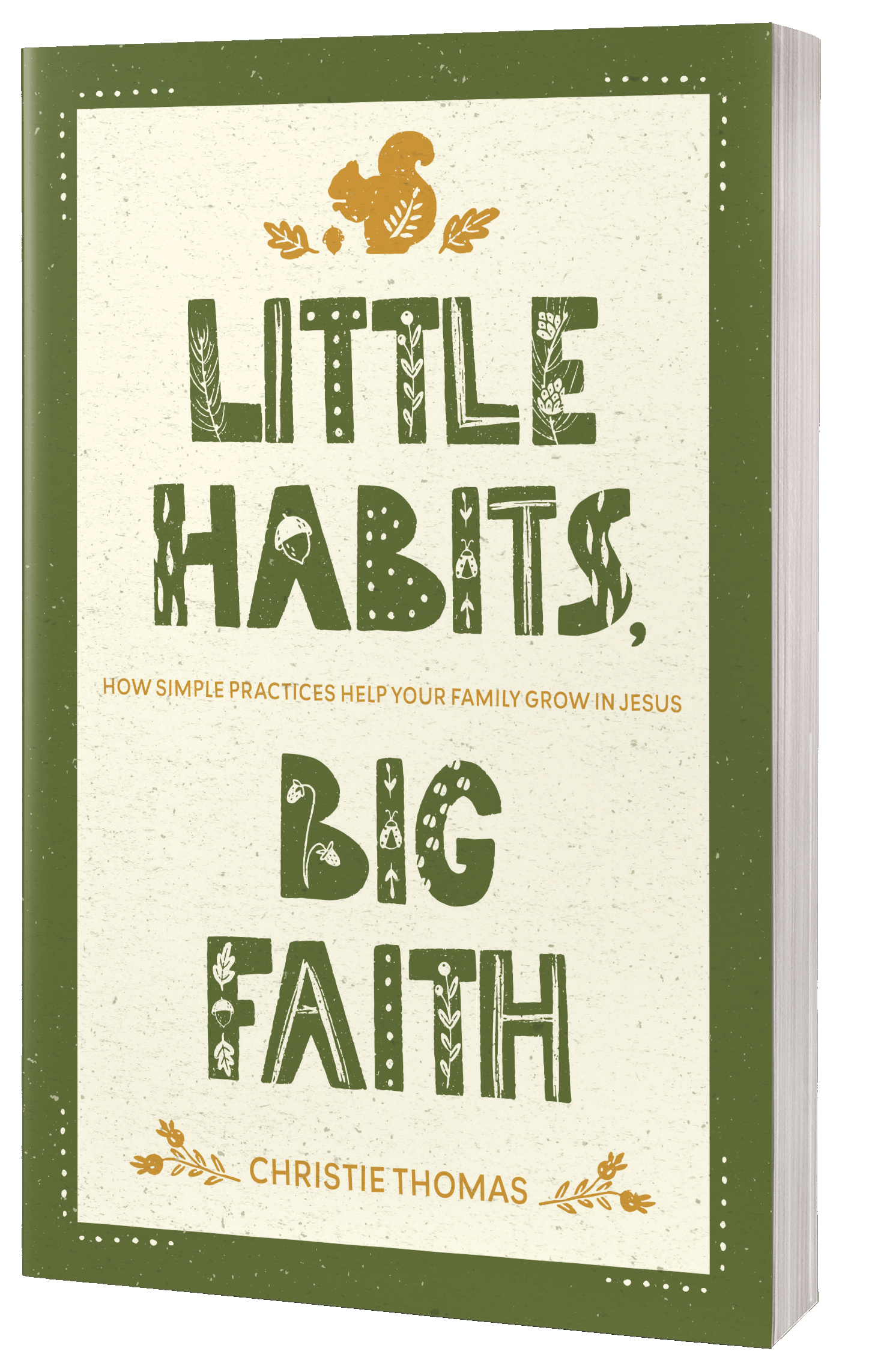
I wish the ads could be at the end. You could say: please consider viewing the announcements of some blog sponsors:
Hi Linda! Thanks so much for your comments. I try really hard to balance reader experience with also earning a small amount of income through ads to support my family. I’ll keep this in mind!
Do you have anything about celebrating the Feast of Tabernacles ?
Do you have information about celebrating the feast of Tabernacle?
Hi Veronica! I know almost nothing about the Feast of Tabernacles, but I’ve asked a friend of mine who is a Messianic Jew. I hope to get back to you soon!
Hey again! My friend Sarah Ruth has a wonderful guide for families on the Feast of Tabernacles (also called Sukkot). You can see it here
Before you changed this post, I had downloaded the guide. I was looking forward to making charoset again whether my family did a Seder or not. I appreciate the points you made in your post about the co-opting of Jewish tradition. Unfortunately, the format I saved the guide in, I cannot access the recipe you had linked for the charoset. Would it be possible for you to share that? Or is it inappropriate to eat apart from Passover?
Hi Victoria! Thanks for your thoughtful comment. I think this might be the recipe I had linked: https://www.delish.com/cooking/recipe-ideas/a31790190/charoset-recipe/. If it’s not the exact one, it is very close to the one in the pictures! I think you can eat apples and nuts anytime you want, and if you’d like to have a Passover meal in your home, you definitely need the charoset!
I’d like to have a group for Christian and Jewish ladies “empty nesters” who want to learn more scripture recipes,inspirational book club etc that could be promoted and some what monitored by you monthly.
Anyone interested ? 1
Hi Susan! That sounds like fun. I highly recommend connecting with Pamela Henkelman as she’s focused on “empty nesters”. You can find her at https://www.pamelahenkelman.com/
We should definitely not be co-opting Jewish tradition. Like you said, the current seder was created after Jesus’ resurrection and destruction of the temple. Therefore the traditions were created by a group of people who rejected Messiah so the traditions have no relevance for those who accept Jesus. The instructions in the Bible, old and new testaments are simple. The lamb is no longer a sacrifice. It’s eaten with unleavened bread and bitter herbs. Jesus gave additional elements of the bread and wine to be taken to remember His body and blood because of His death that takes away our sin.
Well can here for information on how to do a Passover meal at Home for the post to say “I removed the information”…cool
I’m so sorry about that! I had to think about it for a couple years before I was ready to fully re-work this article. I’m happy with it now, and have also renovated the resource I created. It’s now available here, if you’re interested. https://christiethomas.kit.com/32596c72b3